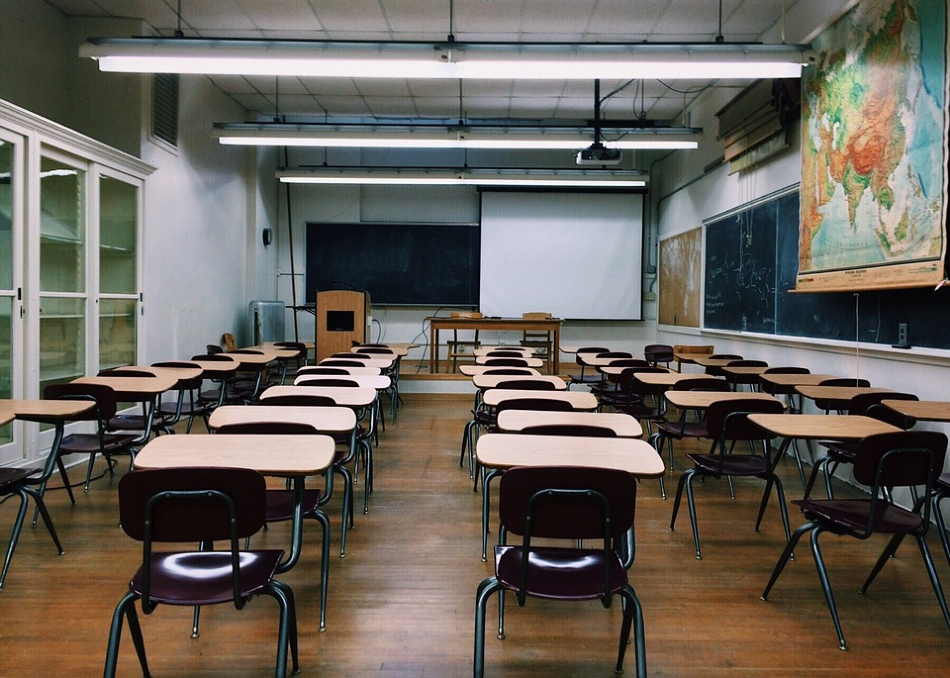School security is now a significant market in the US, reaching $2.7 billion in revenue in 2017. This valuation is not solely credited to physical security (such as bullet-resistant doors) although these products are becoming more widespread in campuses across the country.
During the period of 2017, around 43 incidents of individuals discharging or brandishing firearms on school premises were reported. In 2018, this figure more than doubled.
The reactions from school districts and faculties across the US have been diverse, but the education sector has continued to invest a more significant amount in the security equipment and services industry to present.
The market is predicted to increase by an additional $100 million by 2021. This increase is due to enhanced surveillance systems, higher salaries for security employees, installation costs for retrofit bullet-resistant windows, doors, paneling, and other infrastructure, among other investments.

Image Credit: Armortex
Bullet Resistant Doors: Security Theatre, or True Protection?
There is continued debate regarding the steps required to ensure that pupils are protected from random violence on school campuses. Novel technologies, for example, facial recognition, are being evaluated to help in the identification of visitors and the management of pedestrian traffic on school property.
These steps must work in alignment with logistical processes that control who can enter the grounds and a stronger security presence. There are criticisms that the digitalization of security and the hiring of additional guards is simply a form of security theatre that does little to decrease the threat of shooters unleashing catastrophic attacks.
These criticisms are subject to debate, and the efficacy of these processes is bound to differ according to each location. Physical security measures, such as bullet-resistant doors, are preferred because their advantages can be validated in a quantitative manner.
Tests can be performed to establish the number of rounds at particular velocities that a door can resist. This offers a priceless degree of confidence in active shooter incidents, allowing members of the faculty to detach threats with high-performance bullet-resistant barriers.
Discussions have also centered on the ability of bullet-resistant doors to convert classrooms into strong rooms, which enables teachers to place a class in lock-down in a safe location for the duration of an incident.
While this is an option, the installation efforts and cost necessary to install a robust bullet-resistant door in each and every classroom would probably be restrictive for the majority of school districts. A more viable solution would be to secure corridors and entryways with hollow metal assemblies, providing a route for the safe evacuation of students.
Armortex: School Security Providers
Armortex is a specialist in the fabrication of high-performance ballistic-resistant products for industries with contrasting budget-performance demands.
In school security applications, Armortex collaborates closely with architects to ensure that its bullet-resistant doors are being installed in line with the appropriate regulations (fire code and others), and within the budgetary requirements of the school district. Every project is approached with a flexible mindset to provide bulletproof solutions for every client’s needs.
References and Further Reading
IHS Markit Technology

This information has been sourced, reviewed and adapted from materials provided by Armortex.
For more information on this source, please visit Armortex.